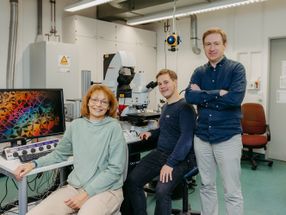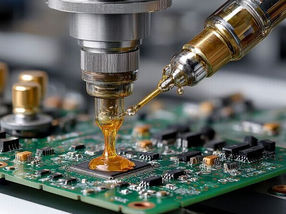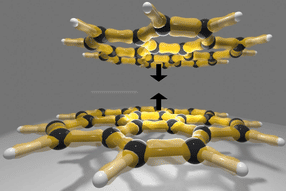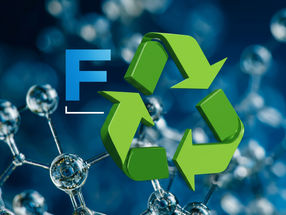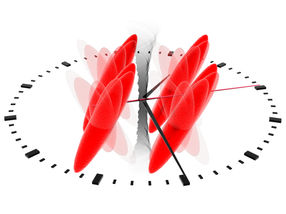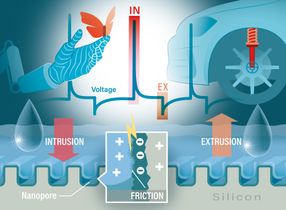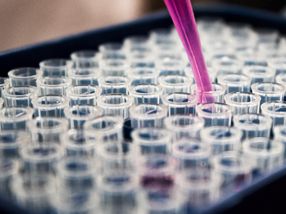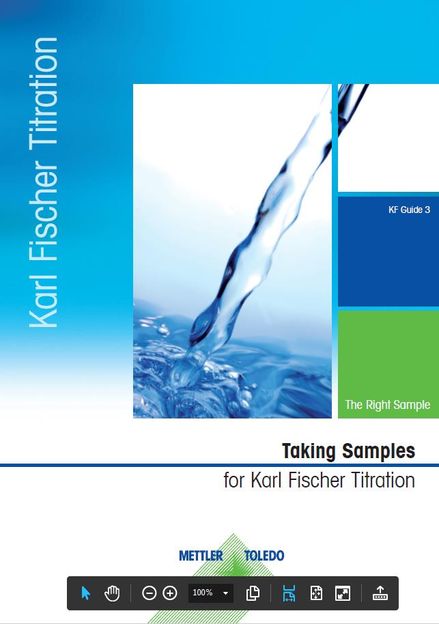Molecules as circuits
The Kondo effect can improve a molecule's conductivity
Advertisement
Silicon-based electronics has certain limits, in the physical sense of the word: this type of circuit can never become "nano" because of the physical laws governing the flow of electrons. This imposes a halt to the process of miniaturization of electronic devices. One of the possible solutions is to use molecules as circuits, but their poor conduction capabilities make them unlikely candidates. There is, however, a possible way around this, which was investigated in a recent paper published in Proceedings of the National Academy of Sciences (PNAS) by an international research team that includes Ryan Requist, Erio Tosatti and Michele Fabrizio of the International School for Advanced Studies (SISSA) in Trieste.
The Kondo effect, first described last century by the Japanese physicist Jun Kondo, is observed when magnetic impurities, i.e., very few atoms (even only 1 in 1000) of magnetic material such as iron are added to metals like gold or copper. Even molecules like nitric oxide behave like magnetic impurities: when located between metal electrodes they give rise to a Kondo effect. This effect, as the study authors show, could be exploited to change the conductance between the two electrodes. Requist and Tosatti created a computer model of the Kondo effect under these conditions and formulated predictions on the behaviour of the molecules. These were then tested in experiments carried out by the experimental physicists involved in the study.
The results are encouraging: "Our work demonstrates for the first time that we can predict the Kondo effect quantitatively and it offers a theoretical basis for similar calculations with larger and more complex molecules. In the future it might be helpful when searching for the most appropriate molecules for these purposes", commented Requist.
More in detail…
The Kondo effect occurs when the presence of a magnetic atom (an impurity) causes the movement of electrons in a material to behave in a peculiar way.
"Every electron has a mechanical or magnetic rotation moment, termed spin", explains Erio Tosatti. "Kondo is a phenomenon related to the spin of metal electrons when they encounter a magnetic impurity. The free metal electrons cluster around the impurity and "screen it out" so that it can no longer be detected, at least so long as the temperature is sufficiently low". This results in specific properties of the material, for example an increase in electrical resistance. "Conversely, in conditions involving very small size scales (the tip of a tunnelling electron microscope) such as those used in this study, the result is instead an increase in conductivity", explains Requist.
Most read news
Organizations
Other news from the department science

Get the chemical industry in your inbox
By submitting this form you agree that LUMITOS AG will send you the newsletter(s) selected above by email. Your data will not be passed on to third parties. Your data will be stored and processed in accordance with our data protection regulations. LUMITOS may contact you by email for the purpose of advertising or market and opinion surveys. You can revoke your consent at any time without giving reasons to LUMITOS AG, Ernst-Augustin-Str. 2, 12489 Berlin, Germany or by e-mail at revoke@lumitos.com with effect for the future. In addition, each email contains a link to unsubscribe from the corresponding newsletter.




